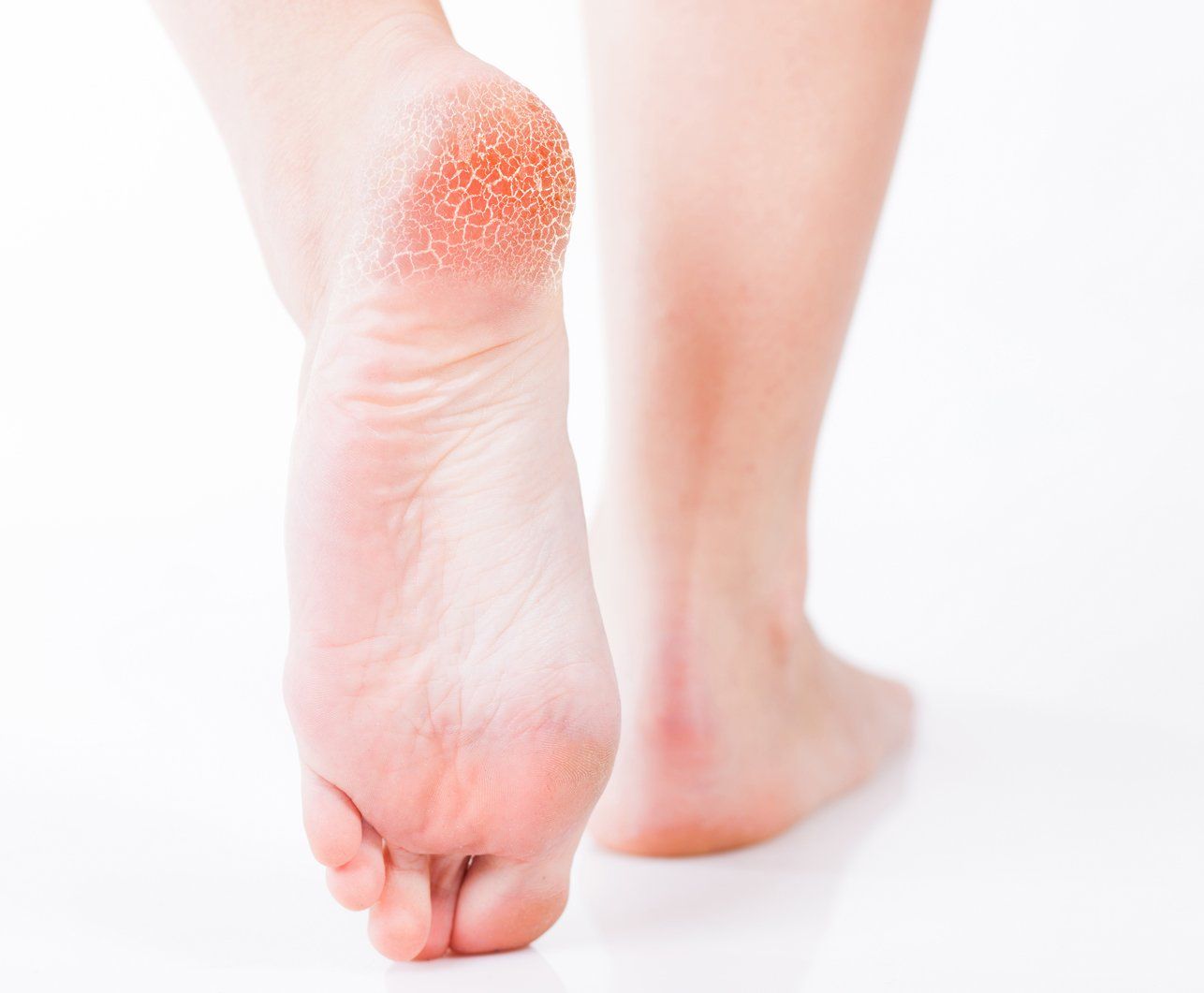Planter Fasciitis
Planter Fasciitis: A Quick Explanation. . .When pain develops in the heel, it can be very disabling, making every step a problem. Planter fasciitis is caused by inflammation of the connective tissue that stretches from the base of the toes, across the arch of the foot, to the point at which it inserts into the heel bone.
If you don't treat plantar fasciitis, it may become a chronic condition. You may not be able to keep up your level of activity, and you may develop symptoms of foot, knee, hip and back problems because plantar fasciitis can alter the way you walk.
When pain develops in the heel, it can be very disabling, making every step a problem. Planter fasciitis is caused by inflammation of the connective tissue that stretches from the base of the toes, across the arch of the foot, to the point at which it inserts into the heel bone. If you don't treat plantar fasciitis, it may become a chronic condition. You may not be able to keep up your level of activity, and you may develop symptoms of foot, knee, hip and back problems because plantar fasciitis can alter the way you walk.
At the Newcastle Foot Clinic we can asses and diagnose planter fasciitis to successfully treat the condition with tailor made treatment plans including orthotics/insoles, soft tissues manipulation, stretching exercises and ultrasound, in order to reduce pain and increase activity levels.












